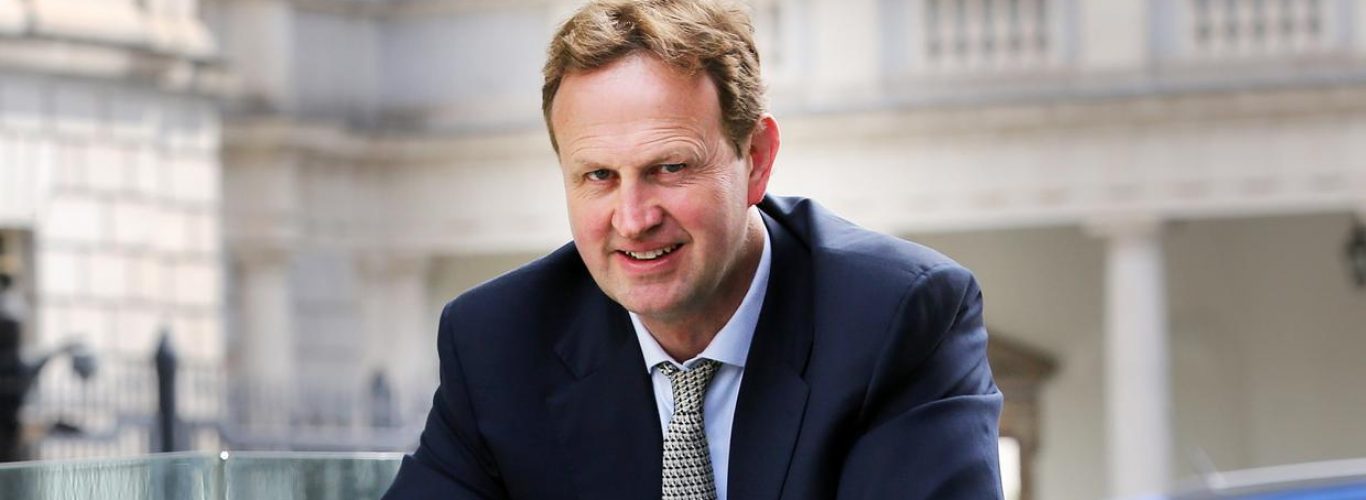
© 2025 Irish Border Poll All rights reserved.
Irish Border Poll is not responsible for the content of any third-party websites.
Irish Border Poll uses cookies. Continued use of this site will be deemed to be acceptance of cookies.
Email Irish Border Poll at [email protected]. Privacy policy
Originally published on jimocallaghan.com.
Jim O’Callaghan is odds on favourite to be the next leader of Fianna Fail. In ‘The Political, Economic and Legal Consequences of Irish Reunification’, he sketches out a blueprint for the new Ireland. Give yourself a good 40 minutes, settle down and read. Then join the conversation. Would you broadly welcome the bold suggestions set out in this paper?
I want to thank the Master and Fellows of Sidney Sussex College and, in particular, Professor Eugenio Biagini for inviting me to give this paper. It is a real pleasure for me to return to Sidney Sussex College, albeit remotely, having spent a number of very happy years in the college in the 1990s studying law as a postgraduate student. Sidney Sussex had very strong links with Ireland at that time and it was a Cambridge college that was particularly receptive to Irish graduates doing masters or doctorates in law. I know that the links between the college and Ireland continue to grow and I believe those links are strong evidence of the ongoing good relationship that exists between our two islands notwithstanding the troubled nature of our shared history.
The huge transformation that has occurred in Anglo-Irish relations in recent times is evident from a brief appraisal of the history of Sidney Sussex and the involvement it had with Ireland. This college was founded in 1596 through a bequest from Lady Frances Sidney, Countess of Sussex, for the establishment of an educational institution at Cambridge. Forty years earlier in 1556 Lady Frances accompanied her husband, Thomas Radcliffe, later Lord Fitzwalter, to Ireland on foot of his appointment by Queen Mary as Lord Deputy of Ireland. The Tudor conquest of Ireland is a difficult part of our shared history and poisoned the attitude of the majority of Irish people towards the British Crown for centuries. Relationships got even worse in the following century when another alumnus of Sidney Sussex, this time not representing the Crown but the Rump Parliament, landed on the shores of Ireland with his model army in August 1649 and unleashed a savage repression that is not widely understood in England but will never be forgotten in Ireland.
Fortunately, relationships between the two islands have improved immeasurably since those times. Part of the reason why there has been such an improvement is because of the ongoing educational interaction between students and scholars on the two islands.
Continue reading from the PDF: Jim O’Callaghan Irish Reunification PDF